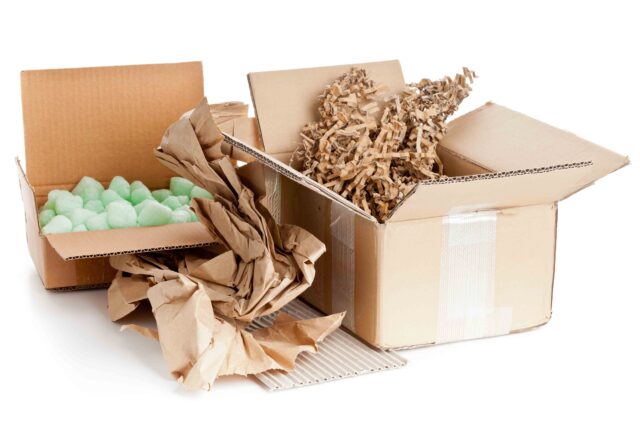
In today’s fast-paced consumer market, the phrase “It’s what’s on the outside that counts” takes on a literal meaning in the context of packaging. The significance of various types of packaging materials extends far beyond their basic function of protecting products. These materials play a pivotal role in branding, product safety, shelf life extension, and user convenience, making them indispensable across diverse industries.
The realm of packaging materials is not a one-size-fits-all domain. From the delicate wrapping of a fragile item to the sturdy boxing of heavy goods, each type of material is selected for its specific properties and suitability for the task at hand.
This article delves into the world of pack materials, exploring their types, uses, and the delicate balance they strike between functionality and environmental impact.
Paper and Cardboard
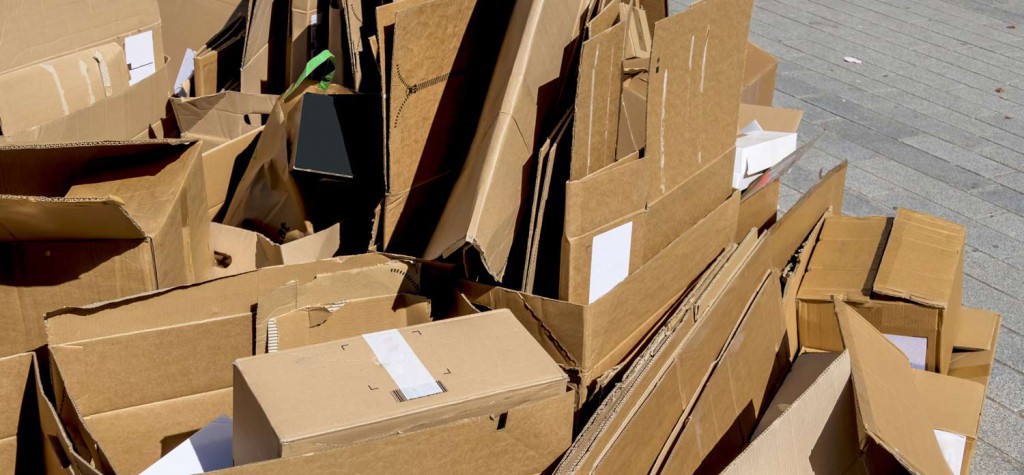
Among the most commonly used packaging materials are paper and cardboard. Their omnipresence in pack solutions from books to breakfast cereals speaks volumes about their versatility.
Both paper and cardboard are derived from wood pulp, making them renewable resources, and they play a significant role in the packaging industry due to their adaptability and cost-effectiveness.
In the food industry, paper and cardboard are used extensively for packaging dry goods due to their lightweight nature and ease of printing. This allows for vibrant branding and essential information display, which is crucial in retail environments.
The electronics sector also utilizes these materials, primarily in the form of protective boxing and cushioning, to shield delicate devices during transportation.
The retail industry, in general, leans heavily on paper and cardboard packaging for its ability to be shaped and styled to suit a wide range of products, from small jewelry boxes to large appliance cartons.
However, despite their widespread use and benefits such as recyclability and low cost, paper and cardboard are not without their downsides. Their vulnerability to moisture and relative lack of durability compared to some other materials can limit their use in certain applications.
This susceptibility means that they may not always be suitable for products requiring long-term protection from environmental factors or for those that carry significant weight.
In conclusion, while paper and cardboard are excellent for a wide range of packaging needs, their suitability must be considered in the context of the product’s requirements for protection, longevity, and exposure to elements.
As we move forward, innovations in coating and treatment technologies are continually expanding the capabilities and applications of these fundamental pack materials, reaffirming their place in the pantheon of pack solutions.
Plastics
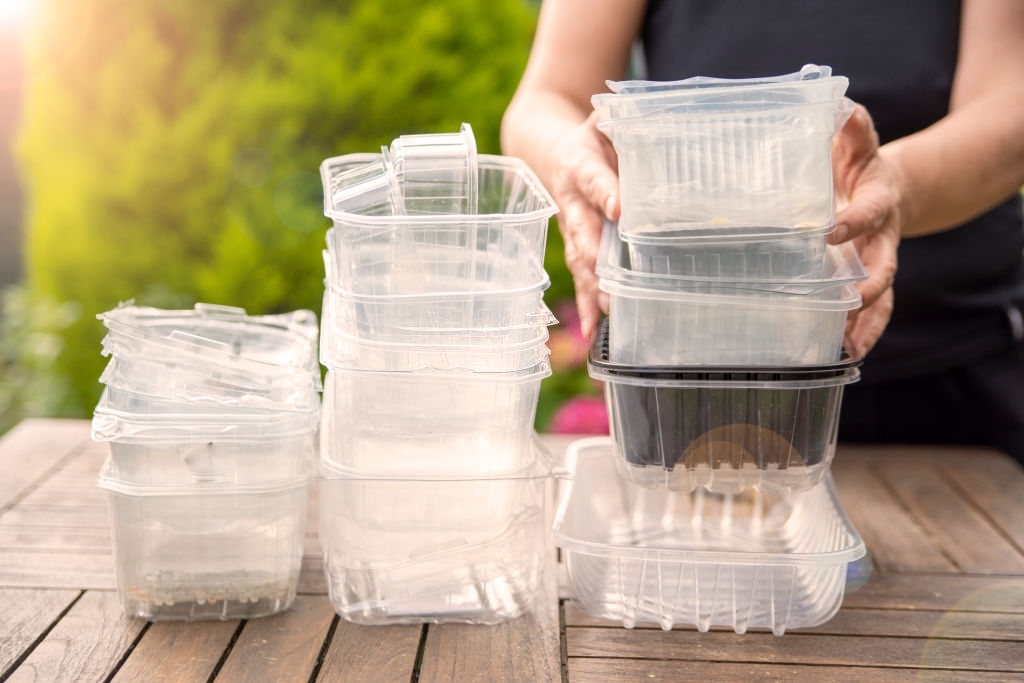
In the vast landscape of packaging materials, plastics stand out for their versatility and widespread use. The different types of materials used for packaging in this category include polyethylene (PE), polypropylene (PP), polyethylene terephthalate (PET), and polystyrene (PS), each offering distinct characteristics suitable for various applications.
In the food sector, plastics are omnipresent. For instance, PET is commonly used for bottled beverages due to its strength and clarity, while PE finds its place in flexible packaging like bags for potato chips.
The healthcare industry relies on plastics for sterile packaging, appreciating their ability to be molded into secure containers and their barrier properties against contaminants. Consumer goods, ranging from household cleaners to beauty products, are often encased in plastic packaging for their durability and design flexibility.
However, the environmental impact of plastics cannot be ignored. Issues like non-biodegradability and the challenges in recycling certain types of plastics pose significant environmental concerns. Innovations in recyclable plastics and improved waste management processes are being developed to mitigate these issues.
Glass

Glass, as a packaging material, exudes a sense of quality and purity. It is extensively used in the beverage industry for products like wine and beer, and in pharmaceuticals and cosmetics for its inertness, ensuring that it doesn’t react with the contents.
Glass packaging’s recyclability is a major environmental benefit, as it can be recycled indefinitely without loss of quality. Its inertness also makes it a safe choice for consumer health. However, the drawbacks of glass include its weight, which impacts transportation costs, and its fragility, which can lead to breakage and potential product loss.
Metals (Aluminum, Steel, etc.)
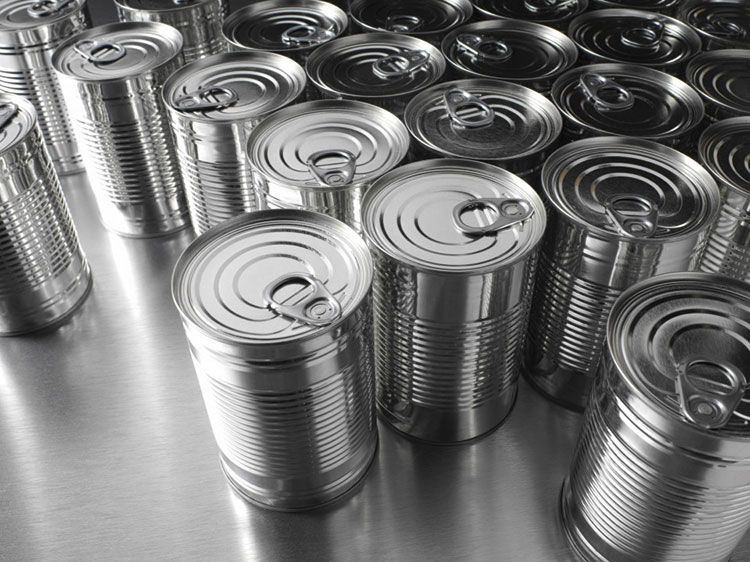
Metal packaging materials, such as aluminum and steel, are heralded for their strength and excellent barrier properties. Aluminum is commonly used in beverage cans and foil packaging, while steel is a staple for canned food due to its durability and protective qualities.
These metals offer advantages like complete barrier protection against light, air, and moisture, which is essential for food preservation. However, the cost of metal packaging and its environmental impact, particularly in terms of energy-intensive production and mining, are notable disadvantages.
Biodegradable and Eco-Friendly Materials
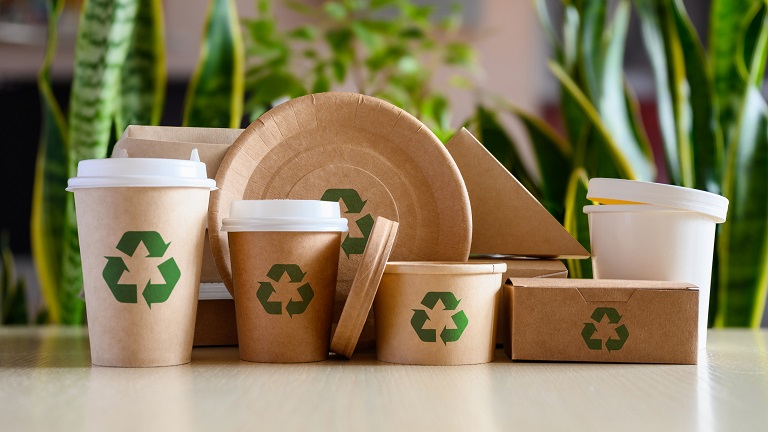
The growing concern over environmental sustainability has spurred interest in biodegradable and eco-friendly packaging materials. Materials such as polylactic acid (PLA), made from fermented plant starch, and mushroom packaging, derived from mycelium, are gaining attention. These materials are designed to decompose naturally, reducing the environmental impact associated with traditional packaging waste.
For example, innovations in potato chip packaging are seeing a shift towards materials like PLA, which offer the necessary barrier properties while being more environmentally friendly.
However, these biodegradable materials currently face limitations in terms of cost, availability, and sometimes performance compared to conventional materials. You can read the article “Types of Potato Chips Packaging” in more detail.
In summary, the packaging industry is a dynamic field with an array of materials each suited to specific needs. The choice of material, whether it’s plastic, glass, metal, or a biodegradable alternative, depends on a careful consideration of factors including product requirements, environmental impact, and consumer expectations.
As technology advances and sustainability becomes increasingly important, the landscape of packaging materials is expected to continue evolving, offering new solutions and challenges.
Composite and Laminated Materials
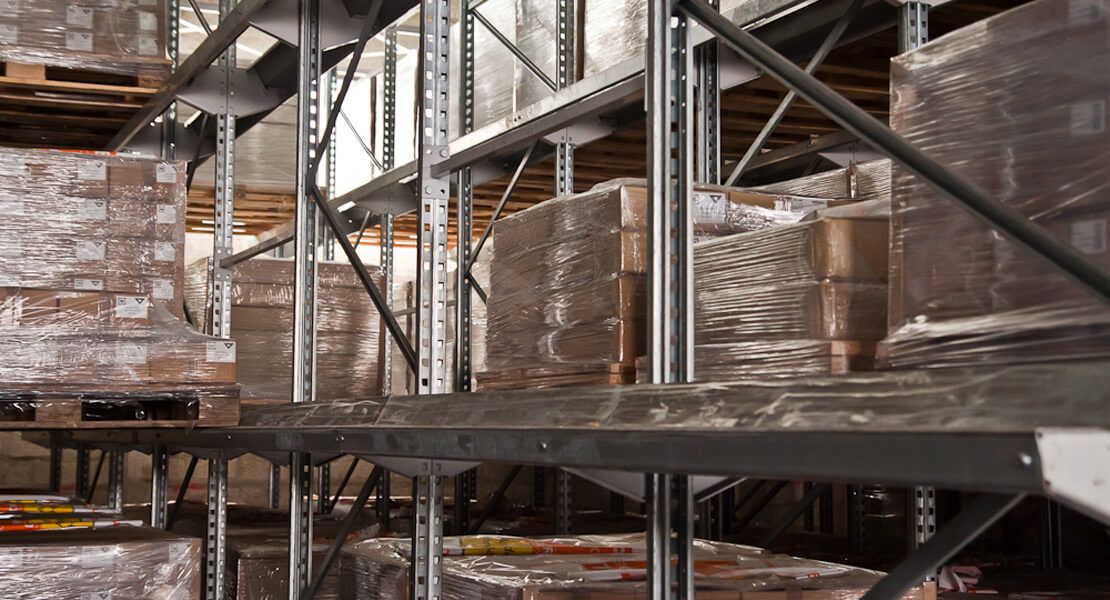
The realm of composite and laminated materials in packaging presents a sophisticated blend of different types of materials used for packaging, each contributing its unique properties to create a superior product. These materials typically involve the combination of layers like paper, aluminum, and plastics to leverage the strengths of each.
Composite and laminated materials are frequently used in the food and beverage industry to enhance barrier properties against moisture, oxygen, and light, thereby significantly extending product shelf life.
For example, juice and milk cartons made from these materials can keep contents fresh while sitting on shelves for extended periods. Additionally, their application in flexible packaging, like snack bags and pouches, offers the convenience of lightweight and durable packaging solutions.
However, the complexity of these materials poses challenges in recycling, as separating the different layers can be difficult and sometimes cost-prohibitive. The environmental impact of composite and laminated packaging is an area of ongoing concern and research, with efforts being made to develop more sustainable and easily recyclable versions.
Innovations and Future Trends
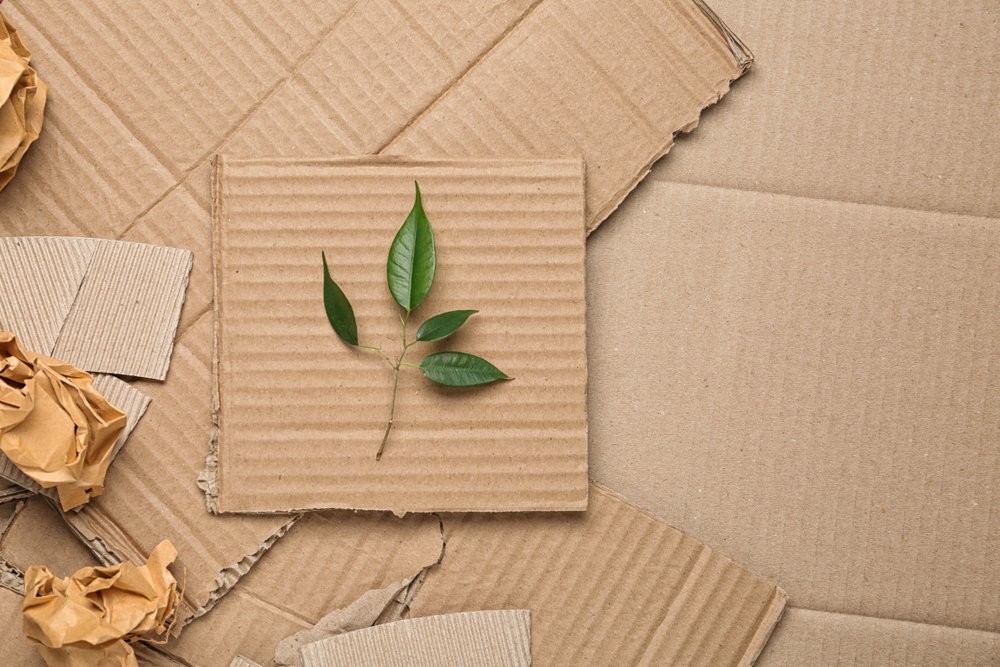
The packaging industry is witnessing a surge of innovations, driven by technology and a growing consciousness about environmental sustainability. One notable advancement is smart packaging, which incorporates elements like QR codes and sensors. These features can offer consumers enhanced experiences, such as interactive content, or provide vital information like the freshness of food.
Edible packaging is another groundbreaking development, offering a solution that is both environmentally friendly and adds a novel dimension to the consumer experience. For example, edible water pods made from seaweed extract present an innovative way to hydrate without plastic waste.
Looking to the future, the industry is likely to see an increase in the use of biodegradable materials and the adoption of technology in packaging. Sustainability will continue to be a driving force, pushing for innovations that reduce environmental impact while meeting consumer needs.
Conclusion
The selection of appropriate packaging materials is a critical decision for any product, impacting not only its safety and shelf life but also its appeal to consumers and environmental footprint. The array of available materials — from traditional options like paper and plastics to innovative solutions like smart and edible packaging — offers a spectrum of choices to manufacturers.
Balancing functionality, cost, environmental impact, and consumer preferences remains a complex yet essential aspect of product packaging. As we move forward, the packaging industry must continue to evolve, adapting to new technologies and changing consumer demands, especially in terms of sustainability.
The future of packaging lies in finding solutions that fulfill these diverse needs, pushing the boundaries of innovation while respecting our planet.






